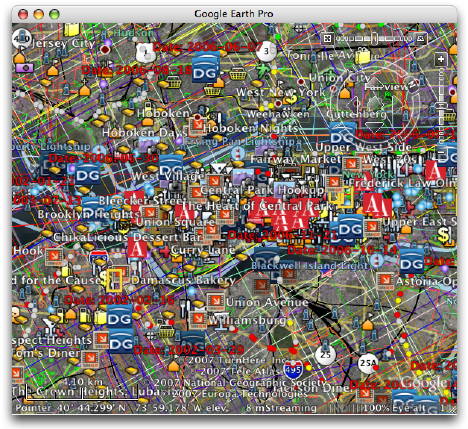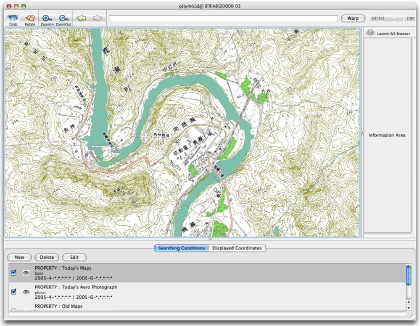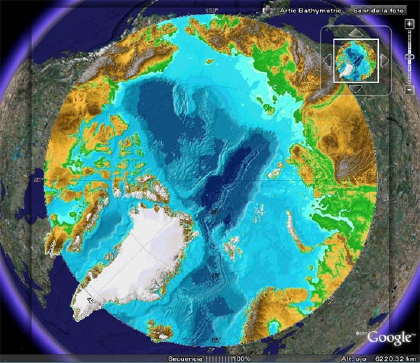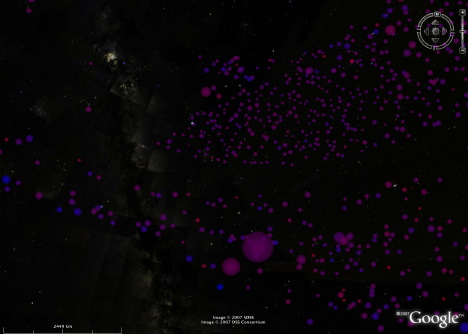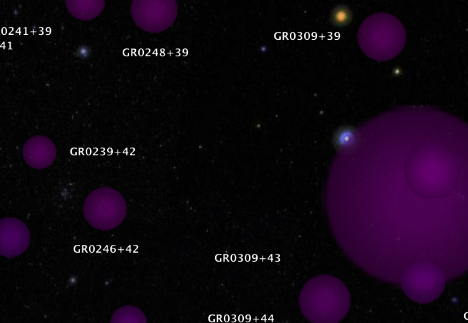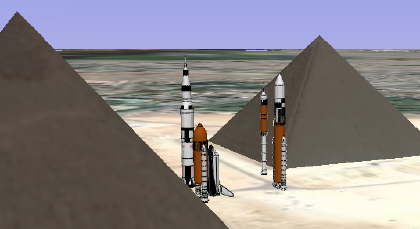Today is Sea Ice Day — sea ice being the stuff that is disappearing so rapidly from the poles. Just like when International Polar Year was launched on March 1, www.IPY.org turned a Google Map into a geographic bulletin board, where schools or institutions participating in Sea Ice Day (conduct a sea ice experiment, why don’t you?) could leave a georeferenced note — a “virtual balloon”:
ipy2007seaice tagged map – Tagzania
Some observations:
- These social maps have proven very popular with schoolkids and teachers. They practically fill themselves up. They are an incredibly compelling medium because within that small rectangle on the screen is an ever-expanding canvas that draws people in. We all know this, but sometimes I get jaded because it is so ubiquitous. It’s good to be reminded sometimes about the giant leaps online maps have made in the past three years.
- You don’t need to use the an API any more to build a social mapping application. We had users sign up to Tagzania and then told people to tag their location with a predefined tag. We then use embedded maps on IPY.org to show all the places that have the tag attached. It costs nothing and it has quite the impact — perfect for scientific outreach projects on a budget. And the Tagzania team have been very helpful in adapting the embedded maps to display more placemarks in one go, even though we’re using their site in a way it was not originally intended for.
- One vulnerability: We can all agree beforehand on what unique tag to use, but we cannot control who ends up using it. Currently we can’t “own” a tag or create closed groups whose user contributions we exclusively display. This opens up the possibility that somebody might want to act parasitically, attaching “tag spam” to the map.
All this leads to a wish list for social mapping sites like the already excellent Tagzania. I would like to see advanced collaborative features such as access controls and privacy controls. Perhaps some features could be free, and some you would pay for. Letting a predefined group of contributors collaborate on making a public map might be a free feature. Giving users the ability to keep such maps private or shared with specific clients (for example, for NGOs in the field) might be a pay service. It would be nice to see the same kinds of granular privacy controls that Facebook has (just to name a topical example) and apply it to geographic data. Another example: Flickr lets you have groups that are public, invitation only (but visible) or completely private. Why not do with all sorts of georeferenced data what Flickr already does with photos?
In some cases, we’re already seeing such kinds of granular privacy tools applied to online maps — especially when it comes to live tracking applications. Here is what the GMap-Track control panel looks like:
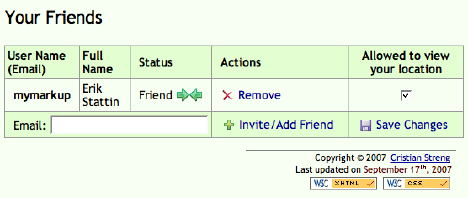
If anybody has other examples of how privacy and access controls are being implemented on mapping services sites, please do chime in with examples in the comments.
In the longer run, then, I suspect there will be more sites offering sophisticated social mapping services on top of existing mapping APIs, for inclusion on users’ own websites, so that the non-programming masses gain the use of tools that are currently only available to those rolling their own geospatial websites. The sooner that everyone’s a neogeographer, the better:-)
